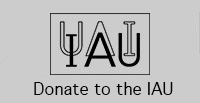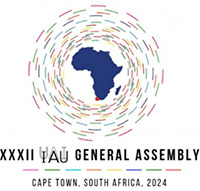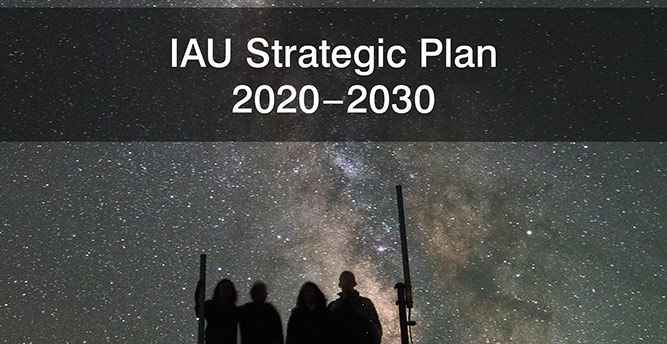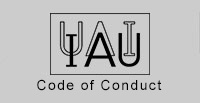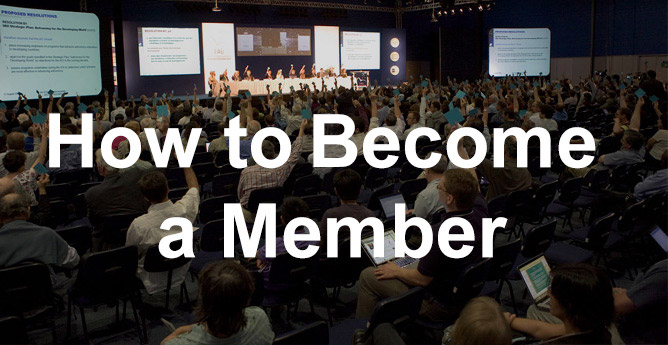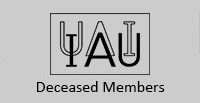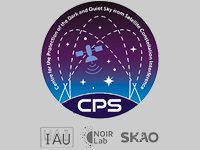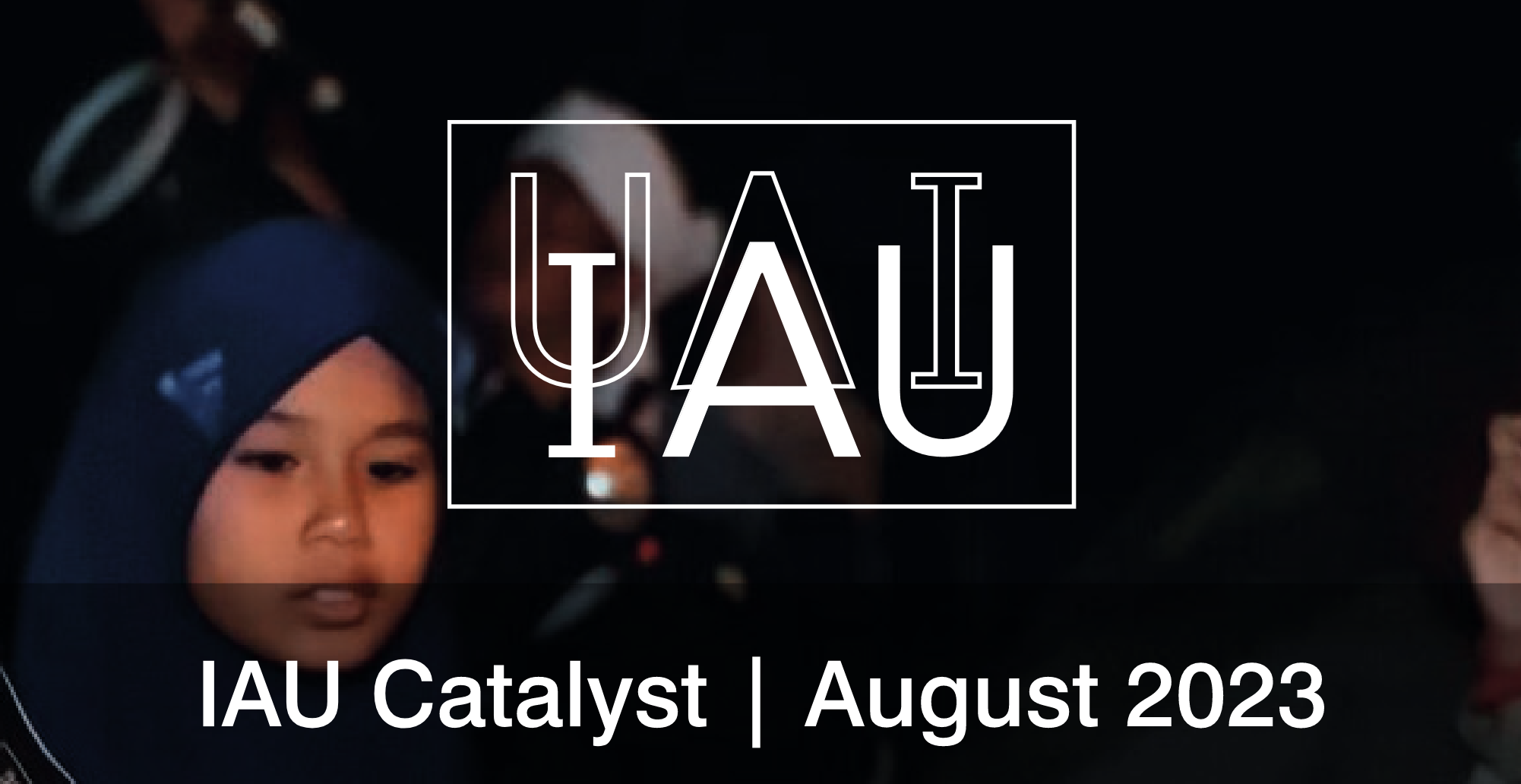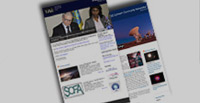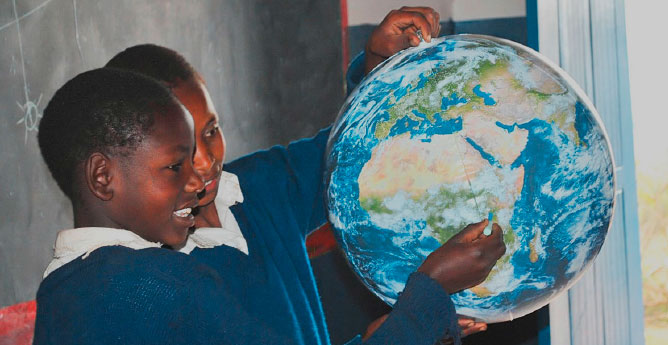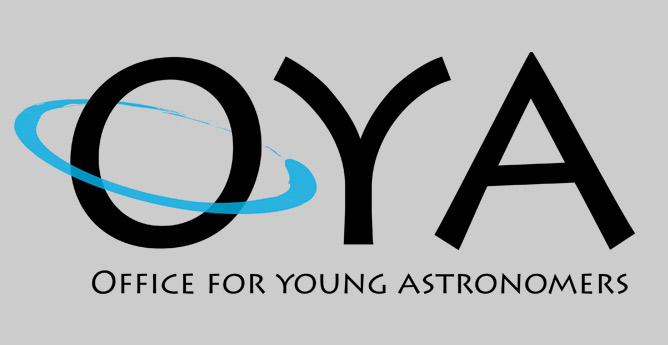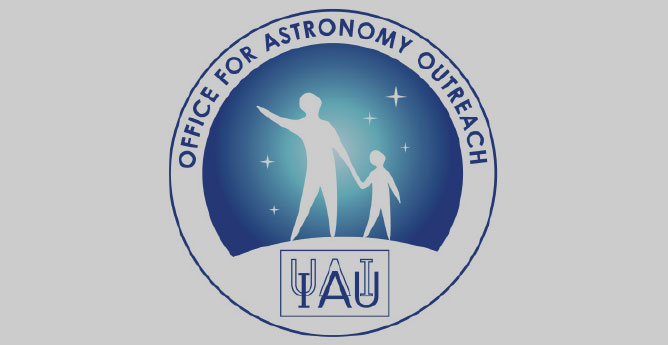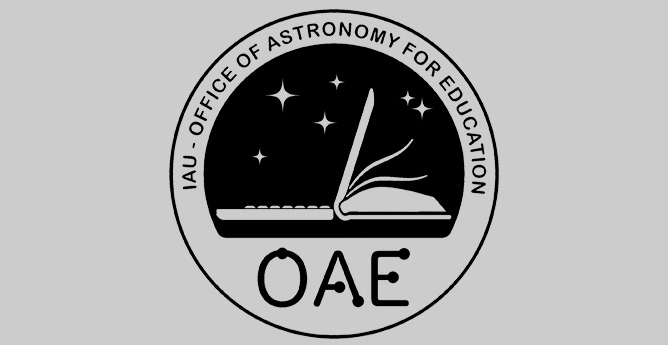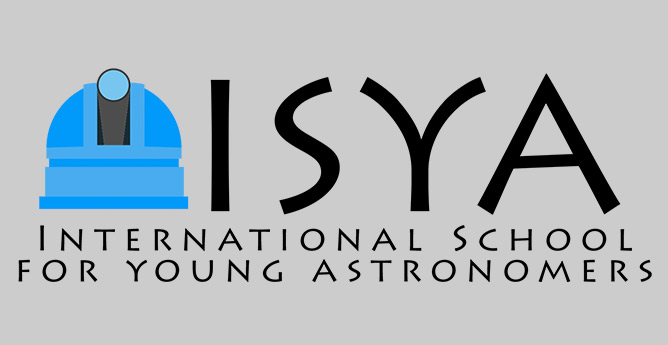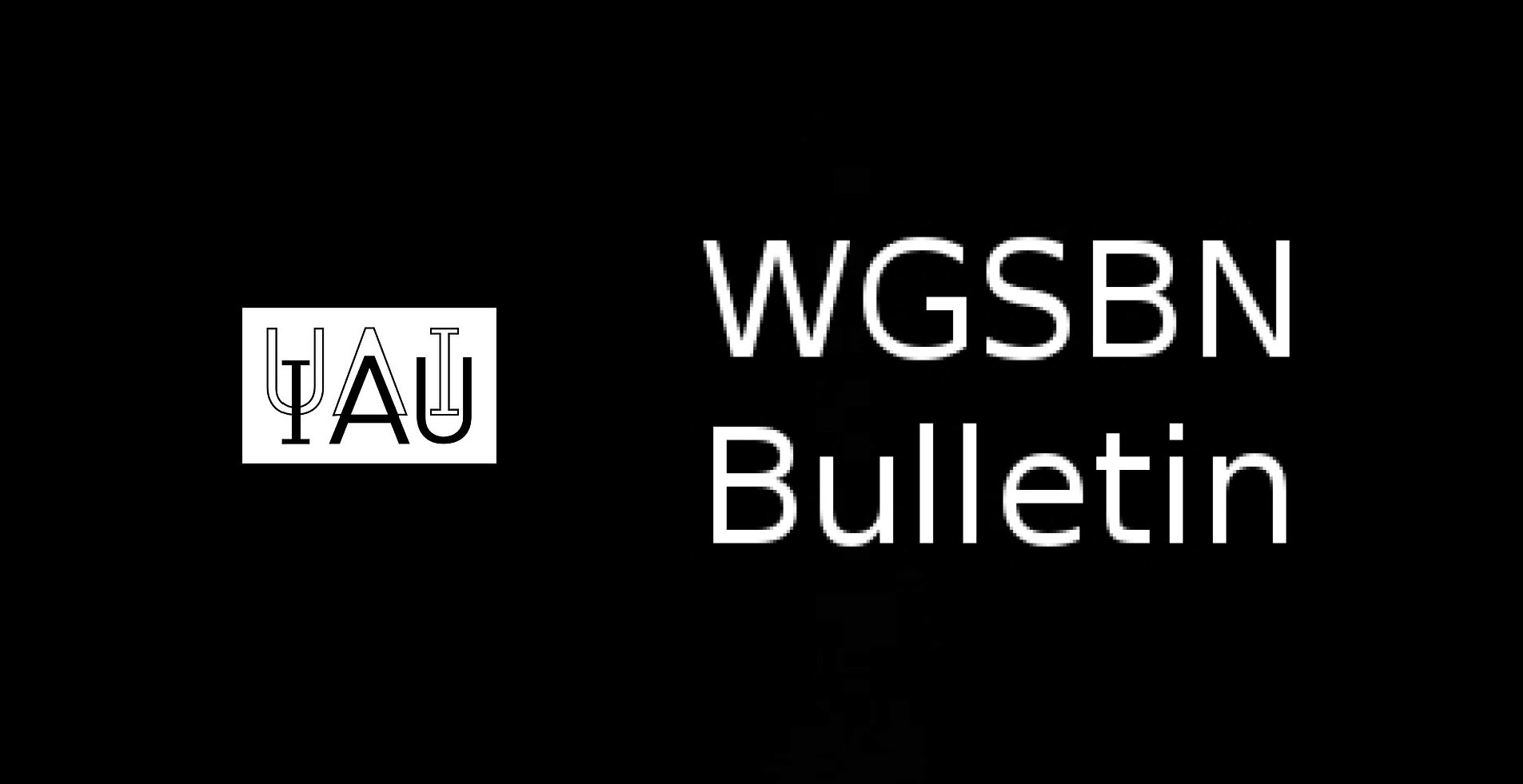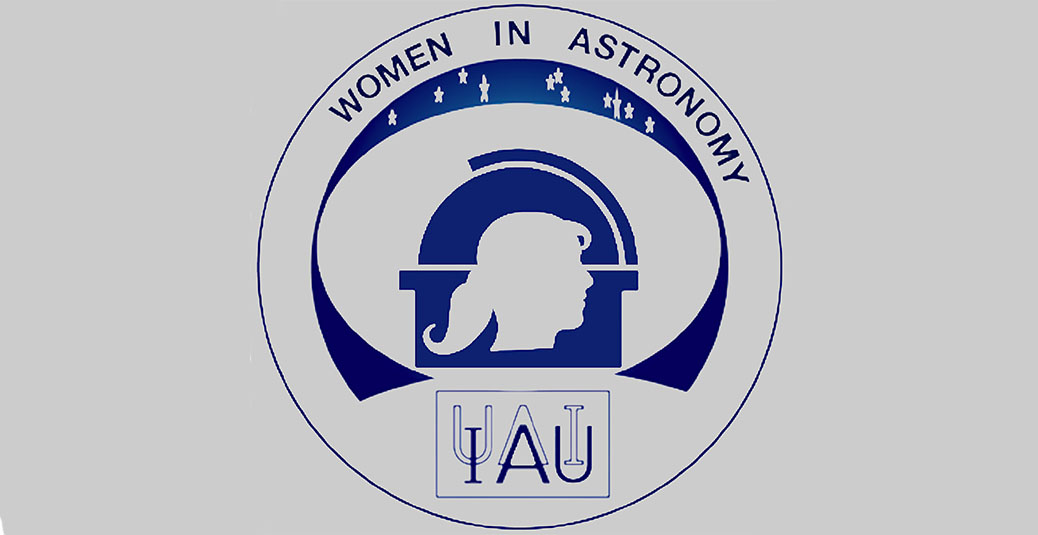- News
- Science
- Scientific Bodies
- Divisions
- Commissions
- Commission A1 Structure
- Commission A2 Structure
- Commission A3 Structure
- Commission A4 Structure
- Commission B1 Structure
- Commission B2 Structure
- Commission B3 Structure
- Commission B4 Structure
- Commission B5 Structure
- Commission B6 Structure
- Commission B7 Structure
- Commission C1 Structure
- Commission C2 Structure
- Commission C3 Structure
- Commission C4 Structure
- Commission C5 Structure
- Commission D1 Structure
- Commission E1 Structure
- Commission E2 Structure
- Commission E3 Structure
- Commission E4 Structure
- Commission F1 Structure
- Commission F2 Structure
- Commission F3 Structure
- Commission F4 Structure
- Commission G1 Structure
- Commission G2 Structure
- Commission G3 Structure
- Commission G4 Structure
- Commission G5 Structure
- Commission H1 Structure
- Commission H2 Structure
- Commission H3 Structure
- Commission H4 Structure
- Commission J1 Structure
- Commission J2 Structure
- Commission J3 Structure
- Commission X1 Structure
- Commission X2 Structure
- Past Commission Organising Committees
- Working Groups
- Centres
- Scientific Meetings
- Rules & Guidelines
- General Assemblies
- Meeting Proposals
- Future IAU Meetings
- General Assemblies
- EC Meetings
- Officers' Meetings
- Regional Meetings
- Symposia
- Focus Meetings
- Institutional Meetings
- IAU Offices Meetings
- IAU-Sponsored Meetings
- Letters of Intent submitted for 2024
- Letters of Intent submitted for 2023
- Letters of Intent submitted for 2022
- Letters of Intent submitted for 2021
- Letters of Intent submitted for 2020
- Past IAU Meetings
- Templates
- Other Meetings
- Grants & Prizes
- Scientific Bodies
- Publications
- IAU Publications
- IAU Strategic Plan
- Symposia
- WGSBN Bulletins
- Regional Meetings
- Information Bulletins/Catalyst
- E-Newsletters
- Focus Meetings
- Transactions A
- Transactions B
- Related Publications
- GA Newspapers
- CAPjournal
- IAU Books
- Brochures
- IAU Offices
- WG Reports
- Commission Reports
- Division Reports
- Past IAU Publications
- Rules, Guidelines and Instructions for Proceedings
- Publishers
- IAU Publications
- Administration
- About the IAU
- Statutes & Rules
- IAU Policies
- IAU Executive Bodies
- IAU Secretariat
- Resolutions
- Members Administration
- Administrative Dates & Deadlines
- International Organisations Relations
- Donate to the IAU
- Training in Astronomy
- Astronomy for Education
- Astronomy for Development
- Astronomy for the Public
- Office for Astronomy Outreach
- FAQ
- Themes
- Satellite Constellations
- Astronomy in Everyday Life
- How to Report a Discovery
- Careers in Astronomy
- Defining our Place in the Cosmos
- The Constellations
- Light Pollution
- Measuring the Universe
- Near Earth Objects
- How to Participate in Astronomy Research
- Naming of Astronomical Objects
- Naming of Exoplanets
- Buying Star Names
- Naming Stars
- Pluto and the Solar System
- IAU Member Statistics
- Our Moon: the Moon
- Meteors & Meteorites: The IAU Definitions of Meteor Terms
- UNESCO-IAU Portal to the Heritage of Astronomy
- Social Media
- Past Events
- Call for Online Resources
- Astronomy@Home Awards
- Contact
Past Inter-Division A-F Commission Celestial Mechanics and Dynamical Astronomy for 2021-2024
Parent Divisions:
A,
F
Celestial Mechanics and Dynamical Astronomy deals primarily with the general dynamics of N-body systems, with applications stretching from orbital mechanics of artificial satellites to galactic dynamics. Although it constitutes one of the oldest fields in astronomy, it is constantly reinvigorated by new discoveries and problems. These are widespread and include (among many others) extrasolar planets, asteroids and KBOs, NEOs and space debris, low-energy interplanetary trajectories, etc.
The main objective of the present commission is to support research and educational activities in the broad field of dynamical astronomy. These include: treatments of the mathematical, physical and computational aspects of planetary theory, perturbation theory, resonance models, chaos and diffusion, stability criteria, orbital and space mechanics, ring systems, tidal models, galactic dynamics, non-gravitational forces, and computer languages for analytical developments.
During the present period (2018-2021), we hope to support the following activities:
- Propose, facilitate, and support scientific meetings, in particular the IAU Symposia, on Celestial Mechanics and Dynamical Astronomy, and on its applications to various dynamical problems;
- Promote the periodic holding of a Summer School aiming to train young researchers on the most important current topics in Celestial Mechanics and Dynamical Astronomy. Such schools can take place before major scientific meetings, such as the celebrated CELMEC conferences. As an example of the proposed format for such schools see “Satellite Dynamics and Space Missions: Theory and Applications of Celestial Mechanics”, held in 2017 before the CELMEC VII meeting ( see the recorded lectures at http://adams.dm.unipi.it/~simca/sdsm2017/ [adams.dm.unipi.it], with publication of the lecture notes in 2019). This activity follows the spirit of the NATO Advanced Study Institute schools, held in Cortina d'Ampezzo (Italy) in the 1980s and 1990s. The next Summer School will include theoretical topics and applications to astronomical problems. Such schools have proven to provide excellent opportunities for the education of young researchers in both the general theory of dynamics, as well as advanced applications of both analytical and numerical methods in the most timely astronomical problems.
- Maintain fruitful cooperation with other fields of science such as applied mathematics, mathematical physics, geophysics, space sciences, etc., whose research is often applicable to astronomical problems.
- Establish an efficient information system to facilitate collaboration among the researchers in the field by maintaining an up-to-date Commission website with important news, information on meetings and updated documents.
President
Vice-President
Advisor
Organizing Committee Member
Alessandra Celletti (Advisor - Past President)
Alexandre C. M. Correia
Romina Paula Di Sisto
Christos Efthymiopoulos (President)
Silvia M. Giuliatti Winter
Giovanni Federico Gronchi (Vice-President)
Ireneusz Wlodarczyk
Li-Yong ZHOU
Past Trienniums
